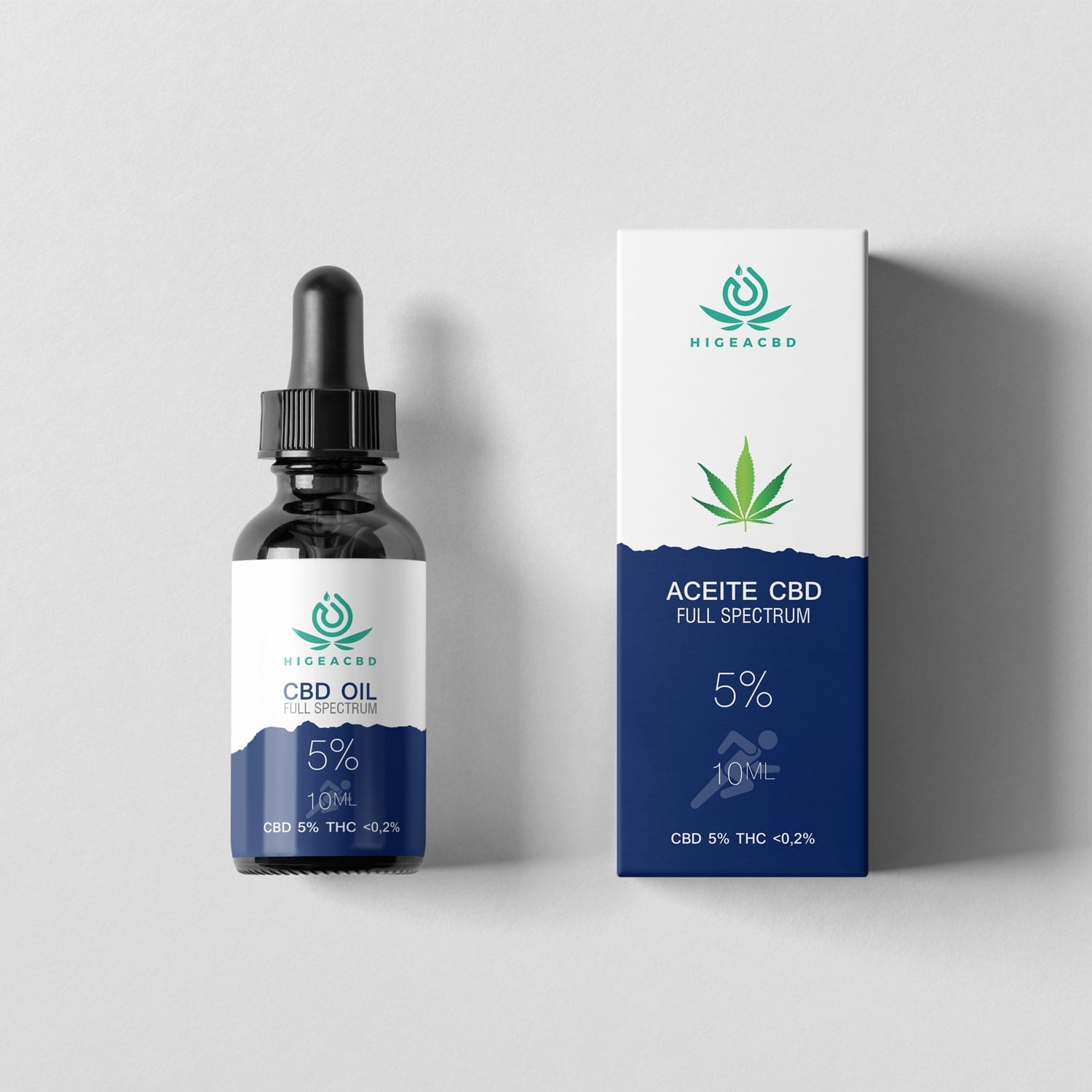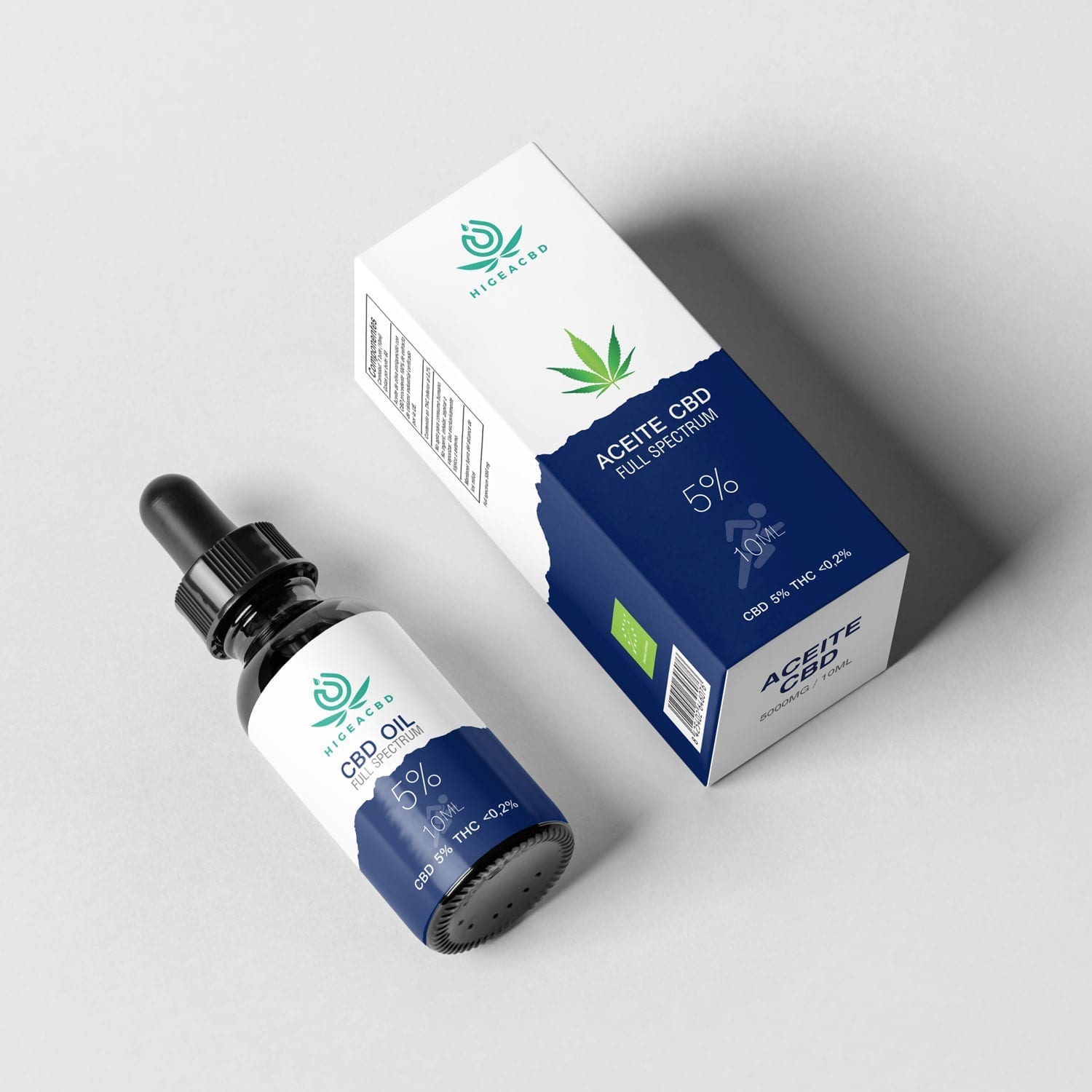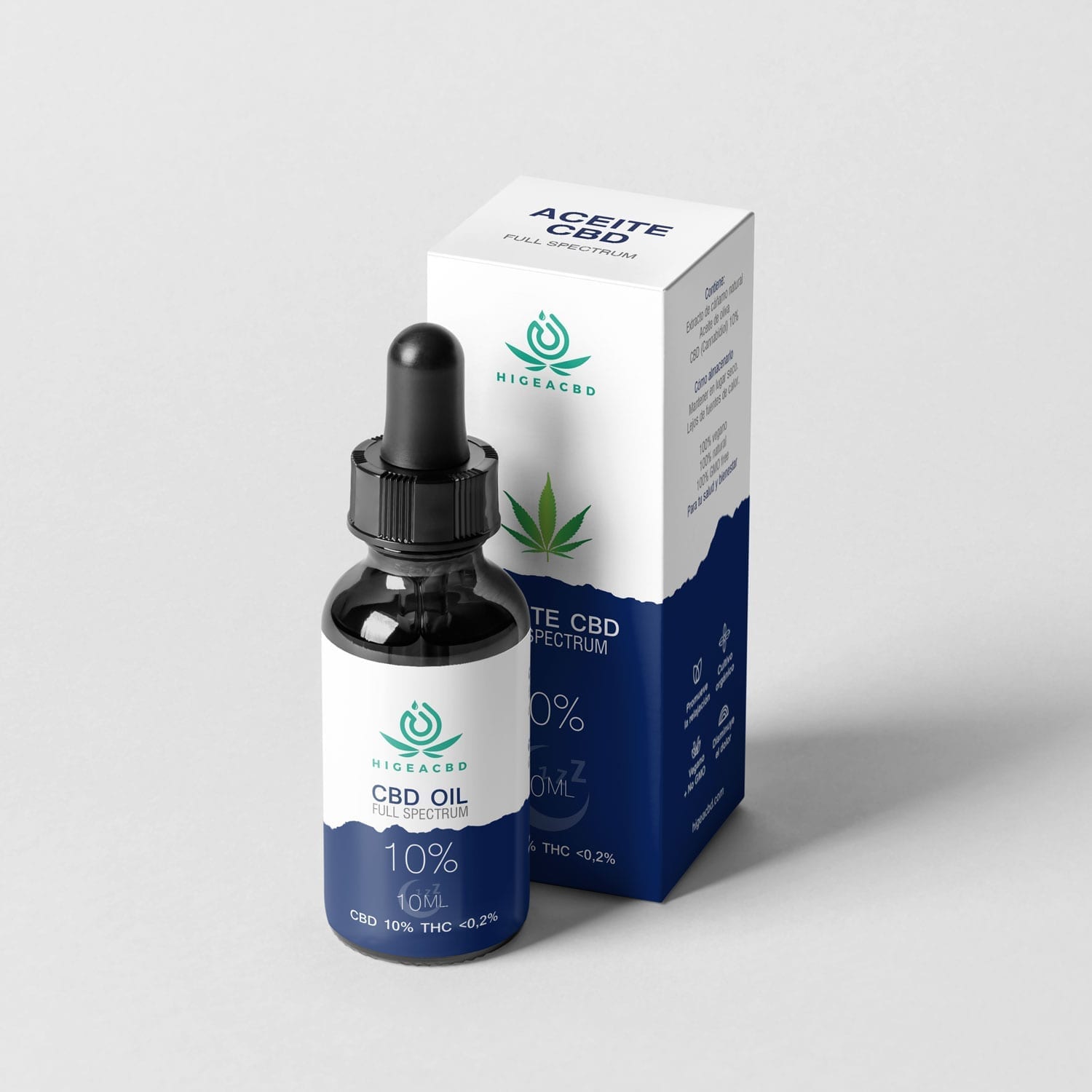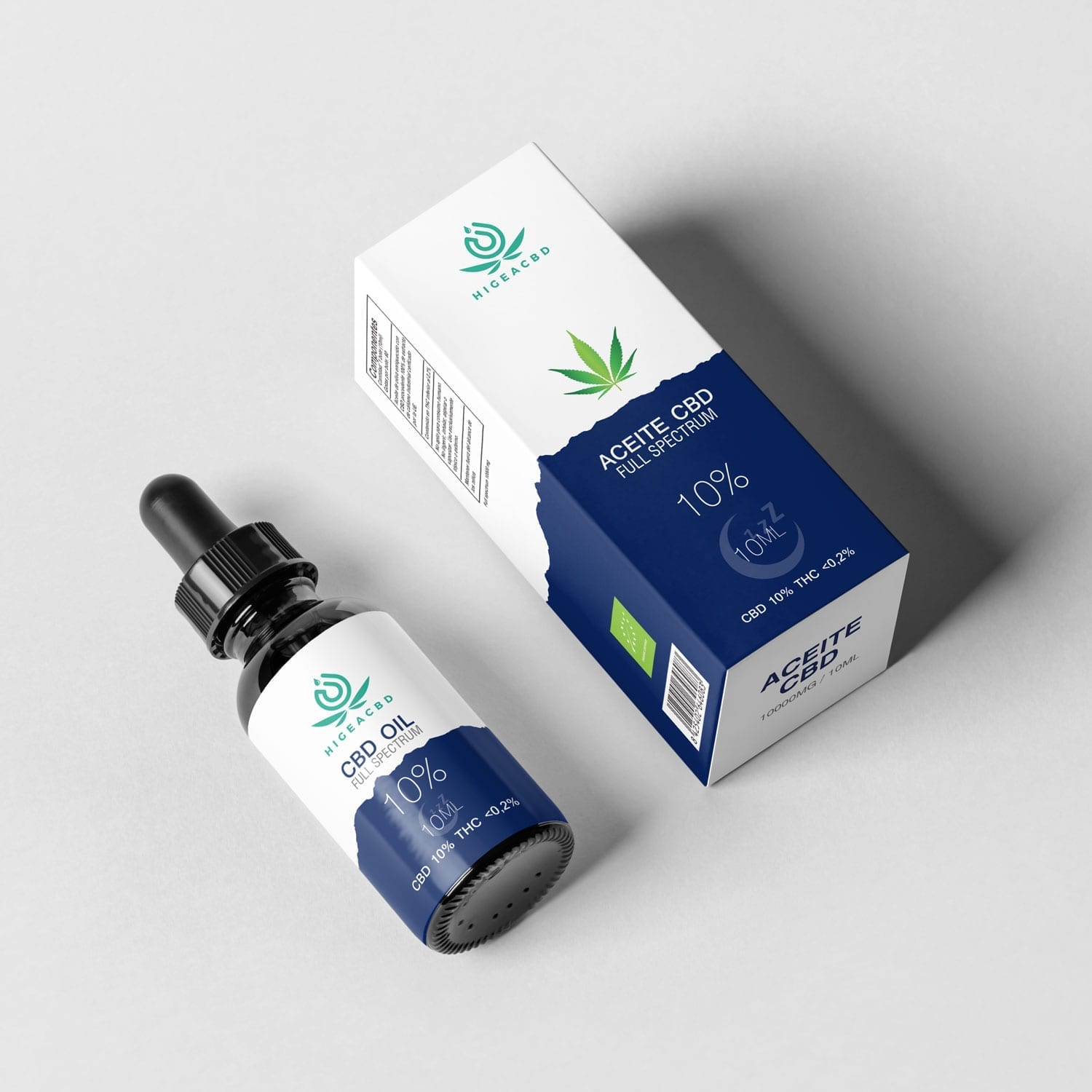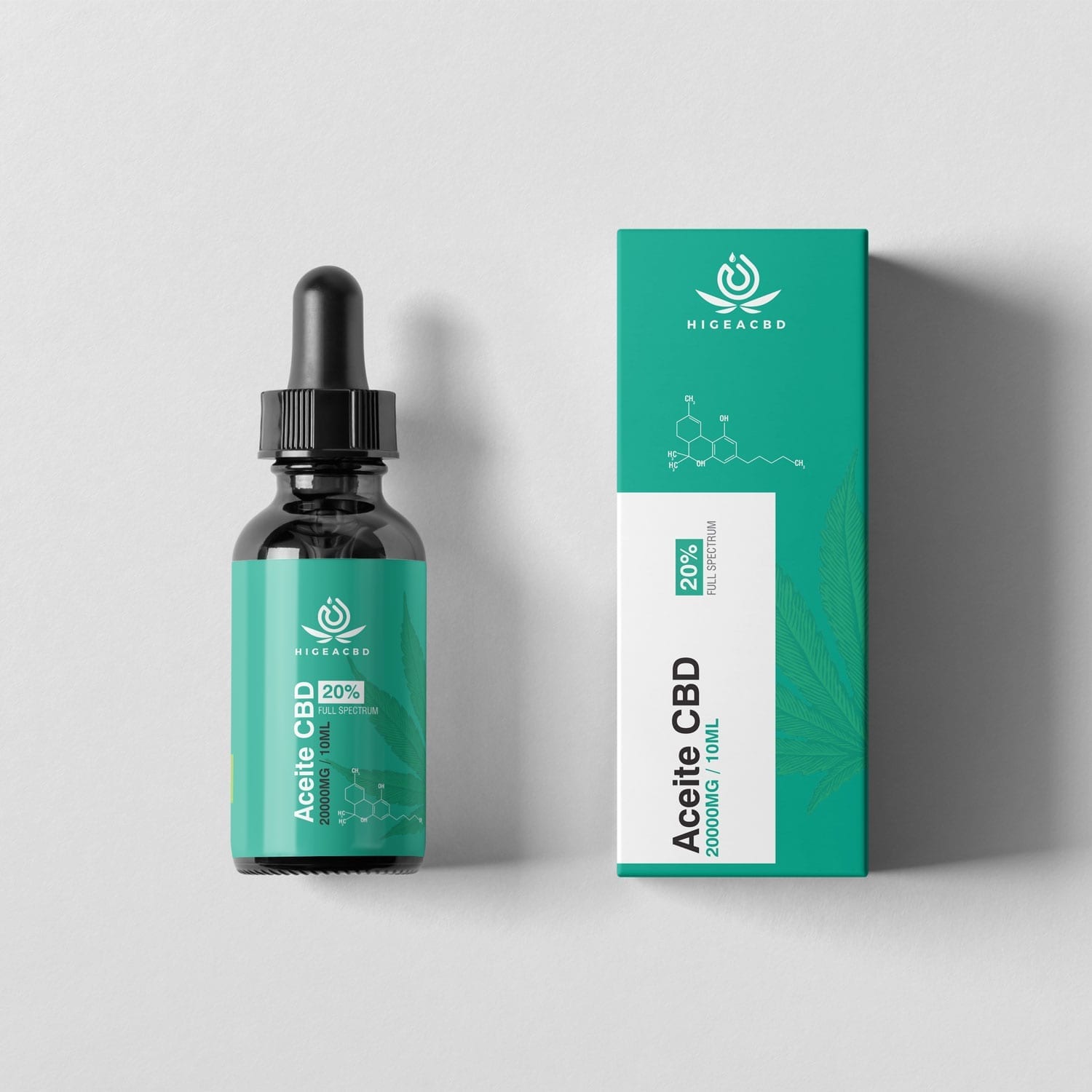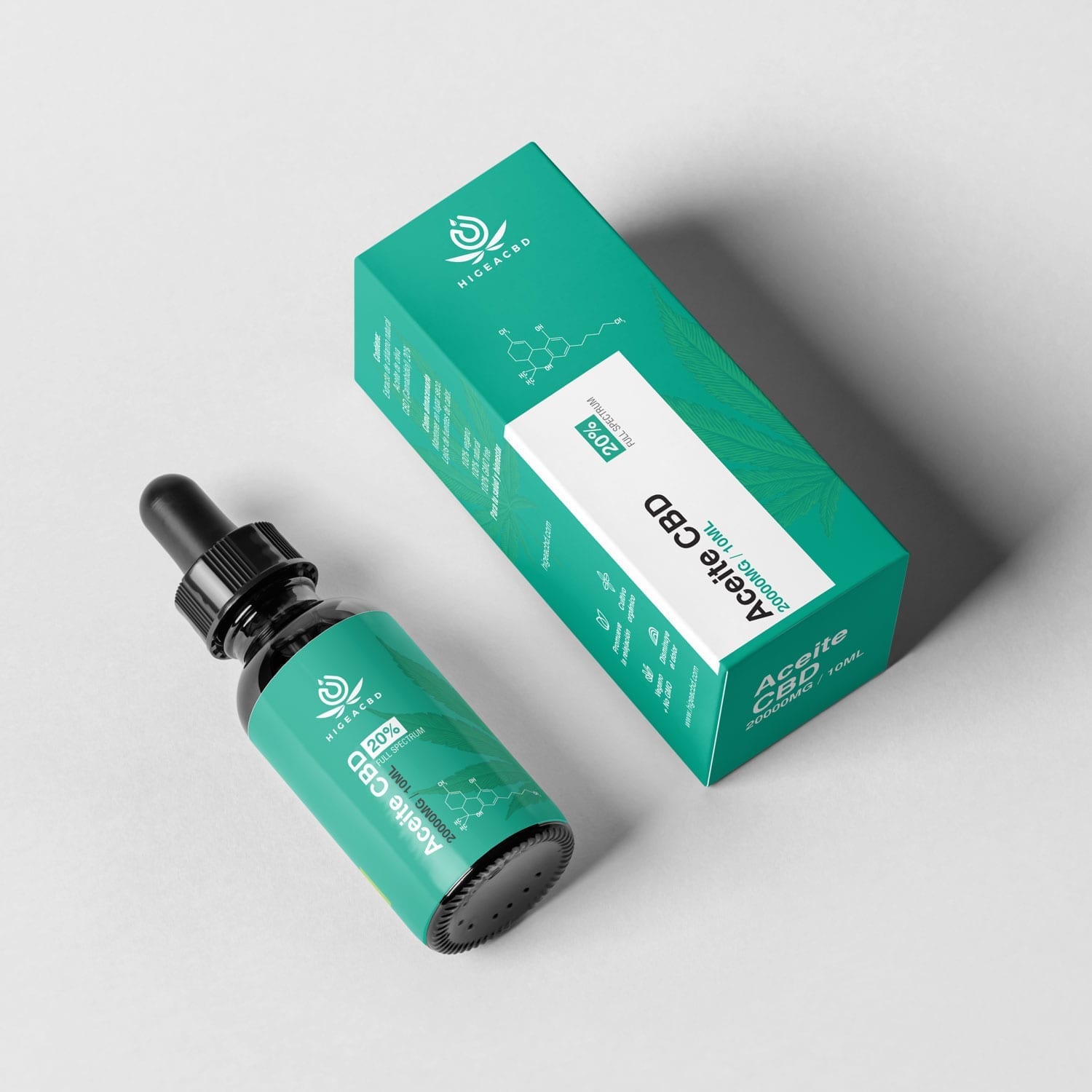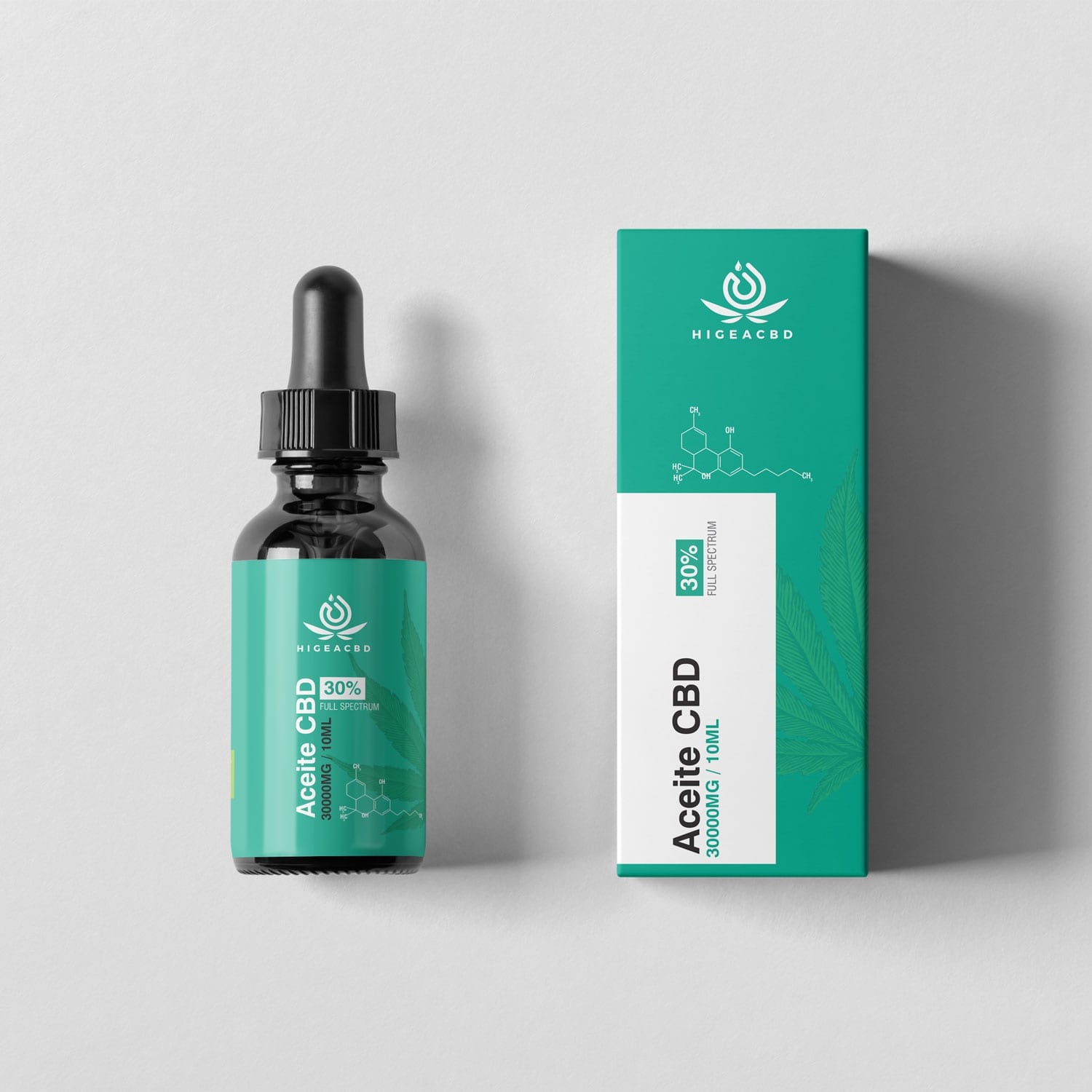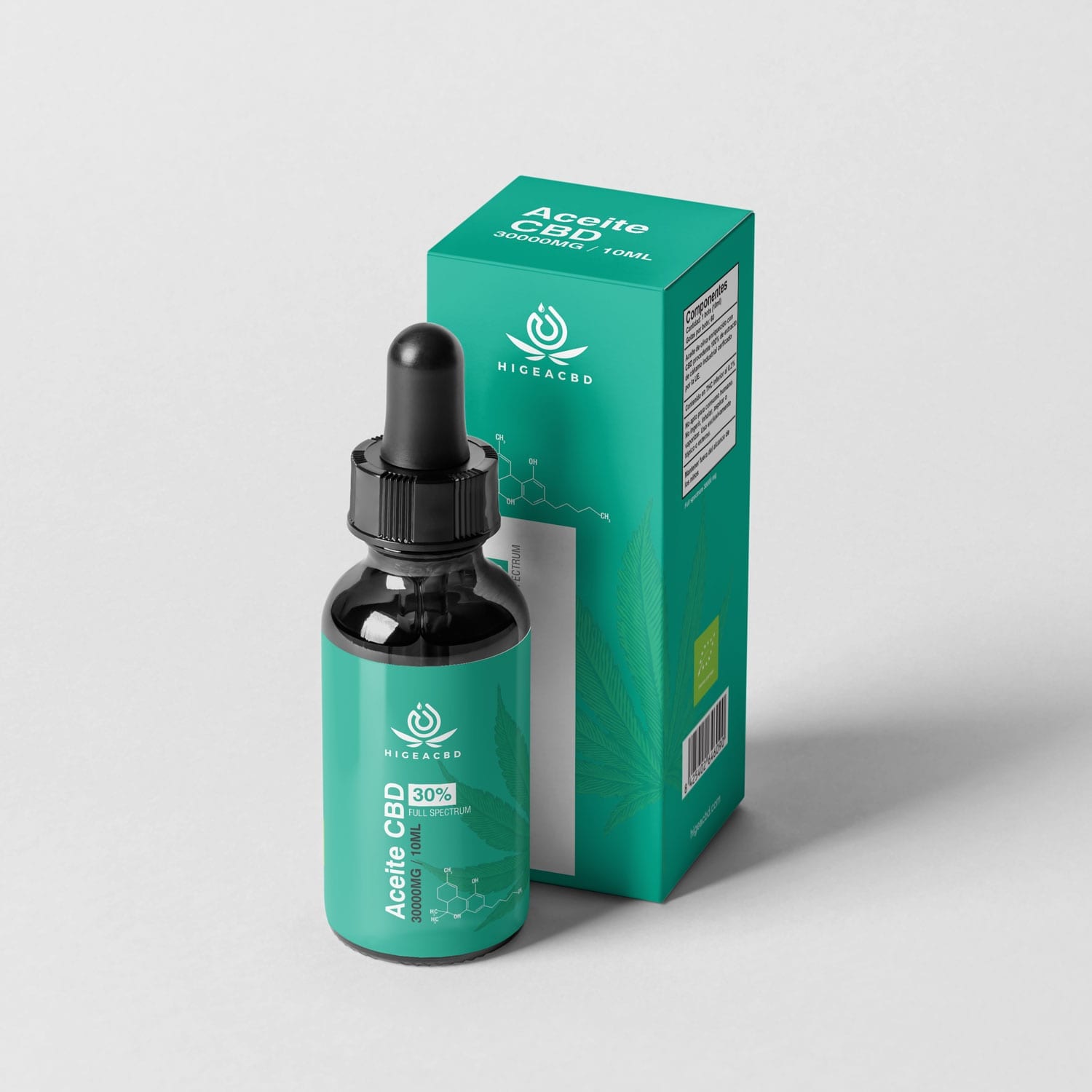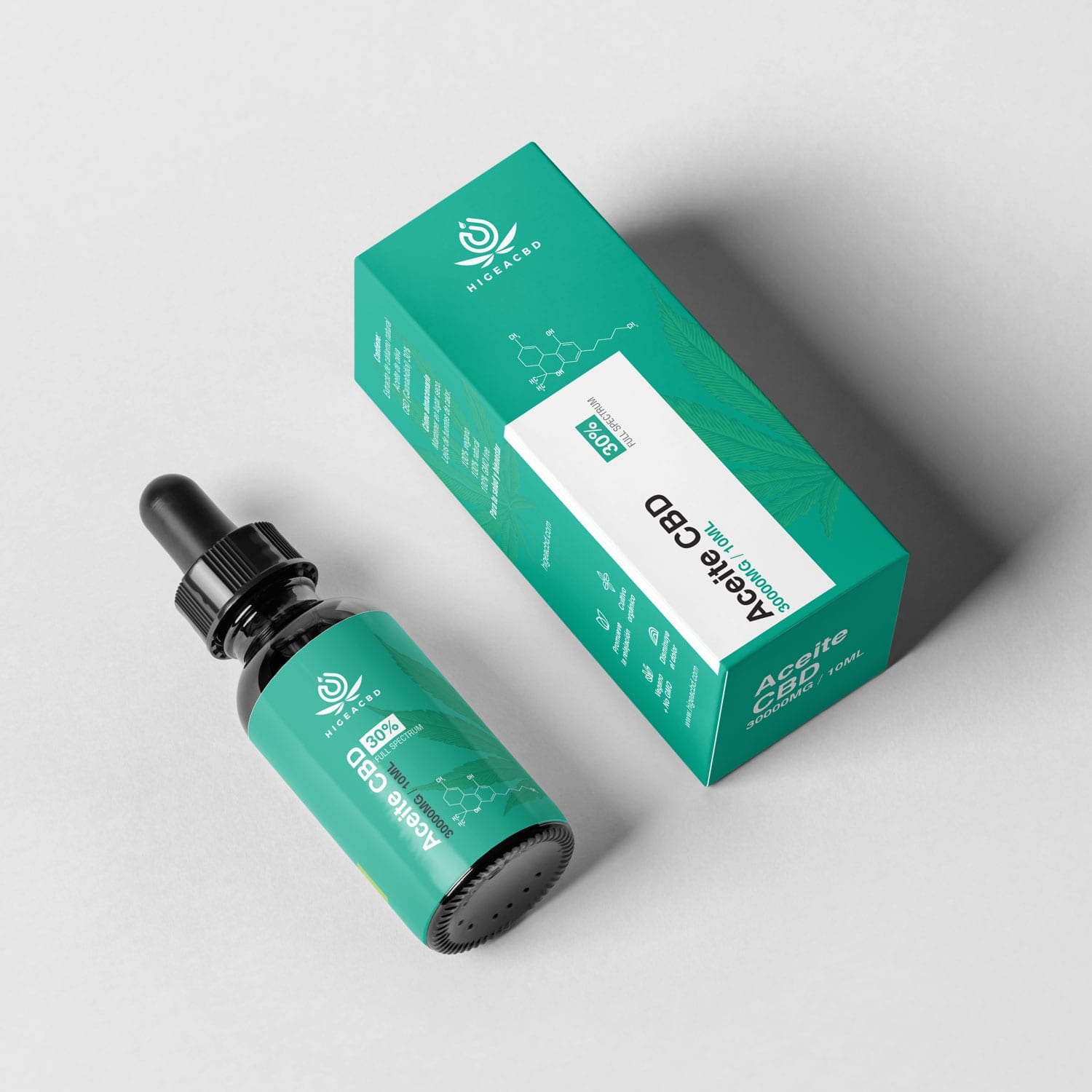Free shipping from 40€!
What are cytokines
We explain what cytokines are and their functions.
Cytokines or cytokines are small proteins that make cells to communicate with each other, triggering different responses depending on what the body needs.
These proteins are part of the innate immune system and are responsible for mediating between the cells that make up it as lymphoids, inflammatory and hematopoietic.
Intercellular communication occurs by binding cytokines to specific receptors present in the cell membrane by activating certain genes that will generate a specific biological response.
More simply, when an antigen element such as bacteria, viruses, or tumor cells enter the body, the cells activate and attack these elements to try to destroy them.
If it is not possible, they will “call” other cells to help them and lash out against the agent causing the evil.
Aceite Higea CBD 5%
19,95€
Higea CBD 5% oil helps you recover quickly from your sports workouts
Aceite Higea CBD 10%
29,95€
Higea CBD at 10% is recommended to take before bed or reduce stress situations
Hygea CBD Oil 20%.
49,90€
Higea CBD 20% is indicated for people with anxiety problems and ongoing ailments
Hygea CBD oil 30%.
89,95€
Higea CBD 30% is effective for people with chronic diseases, severe pains. It’s antiemetic
Depending on the type of cytokines and which cells you interact with, the message will be different.
They can emit signals to another immune cell to increase or decrease their enzyme production or to increase their effector functions and combat the disease.
You can also instruct a cell to stop working and die.
Cytokines are secreted by B and T lymphocytes (lymphin or lymphine), macrophages (monokines) and neutrophil granulocytes, among other cells that are also involved in getting the immune system up and running.
This segregation occurs momentarily and is subject to a short period of time.
There are different types of cytokines with multiple biological functions. Some may have the same structure but with different functions or simply have the ability to use different receivers.
In fact, the same cytokine can have a specific function over a given cell, and have another function that is completely contrary to another.
Due to their complexity, cytokines can be divided into several groups depending on their structure, receivers, or functionality. They bind to terpenes, flavonoids and CBD to create the so-called entourage effect.
Cytokines involved in the inflammatory response
As for the inflammatory response, cytokines can act in two totally opposite ways.
On the one hand, favoring the development of said inflammatory response, so-called pro-inflammatory cytokines,and on the other, eliminating inflammation, immunosuppressive cytokines.
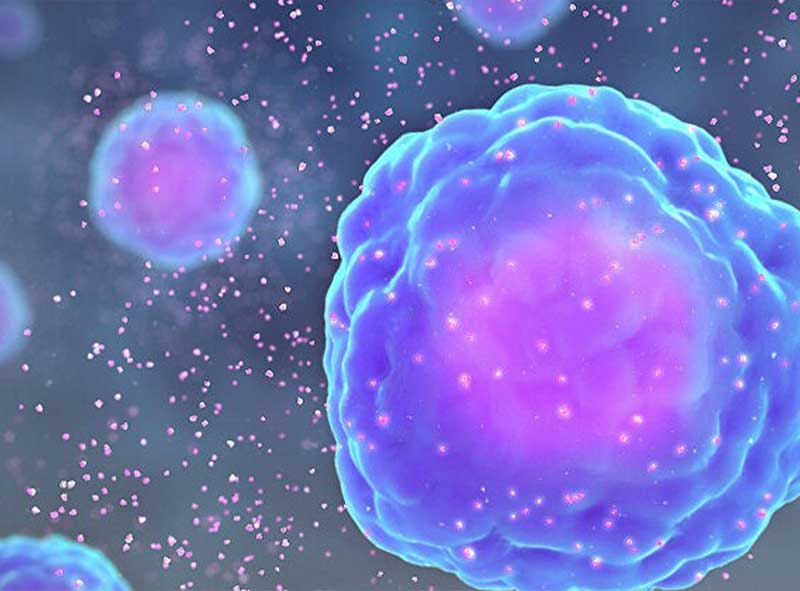
Pro-inflammatory cytokines
They are activated when the cells involved in the immune response come into contact with a pathogen.
What they do is activate an inflammatory response in cells, quite the opposite of anti-inflammatory cytokines.
They are mainly segregated by monocytes, macrophages and lymphocytes.
The most important are the following:
Interleukin 1 (IL-1)
Its main function is to regulate the inflammatory response.
It belongs to the group of proteins related to the production of leukocytes (white blood cells) and other cells of the body.
There are two forms, interleukin alfa (IL-1 alfa) and interleukin beta (IL-1 beta). Both act on the same receiver.
The main producers of IL-1 are macrophages, although it is also synthesized by keratinocytes, microglia, endothelial cells, fibroblasts and epithelial cells.
They occur in large quantities when the body suffers an infection or injury.
Its pro-inflammatory effects are the result of the release of histamine by mast cells, causing vasodilation and inflammation of the affected area.
Another effect is fever, as a result of the release of prostaglandins. It also acts on the central nervous system, causing sleep and anorexia typical of infectious processes.
Tumor necrosis factor (TNF)
They are cytokines produced by monocytes, macrophages, T and B lymphocytes, natural killer cells (NK), fibroblasts and mast cells.
TNF, along with IL-1, is involved in the emergence of fever, cachexia (state associated with weight loss, anemia or anorexia) and sleep, symptoms that usually manifest in an infectious picture.
Tumor necrosis factor has the ability to induce death of some types of tumor cells, as well as increased antitumor immune response.
These are therefore cytokines that mediate in the processes of inflammation and cell death.
Interferons (IFN)
They are cytokines that the body manufactures to cope with the presence of different pathogens.
They are classified into two types:
- Type I consisting of IFN-alpha and IFN-beta,which are characterized by their antiviral and antiproliferative properties.
- Type II formed by IFN-gamma which has an immunomodulatory effect.
IFN-alpha is a protein produced by macrophages and B lymphocytes primarily.
It is used in the treatment of some cancers due to its power to increase the ability of certain immune cells and attack cancer cells.
IFN-beta is produced by fibroblasts and epithelial cells.
IFN-gamma is secreted by activated T cells and NK cells.
Its production is increased by the action of other cytokines which, in turn, increase the adverse hemodynamic effects of these cytokines in sepsis and septic shock.
Colony Stimulating Factors (CSF)
They are growth factors and their functions are associated with inflammation and the production of other cytokines.
There are three types of CSF factors:
- GM-CSF: Cytokine belonging to the group of glucoproteins that increase the production of white blood cells. It is created by T cells, monocytes, endothelial cells and fibroblasts. It stimulates the formation of granulocytes and macrophages to a greater extent and to a lesser extent of eosinophils.
- G-CSF: Glycoprotein created by monocytes, endothelial cells and epithelial cells. It is involved inducing the bone marrow to make more white blood cells.
- M-CSF: Glycoprotein produced by monocytes, fibroblasts and endothelial cells. It is involved by stimulating the survival, proliferation and differentiation of hematopoietic cells to macrophages or other related cells.
Chemokine or chemokine
They are thus defined to a very specific group of cytokines, which stimulate the mobility of immune system cells to a target.
Chemokin belongs to the class of molecules called chemoatrayants, capable of attracting and directing other cells from one organ to another.
There are several types of chemokine including interleukins, interferons, tumor necrosis factors, and growth factors.
Immunosuppressive cytokines
It corresponds to a group of cytokines that inhibit cell growth and suppress or block the secretion of other cytokines.
Cytokines that are part of this group:
Interleukin 4 (IL-4)
It has an anti-inflammatory effect, as it reduces the production of the different inflammatory mediators of macrophages and blocks the action of CYTOkine IL-1.
At the same time, it develops a humorous immune response to promote the induction of T cells into Th2-type cells.
It is related to the proliferation of B lymphocytes, mast cells and T lymphocytes.
Interleukin 10 (IL-10)
It is the most important anti-inflammatory cytokine in the immune response, acting that it exerts through inhibition of other cytokines such as TNF-alpha, IL-2, IL-3, IL-12 and GM-CSF among others.
It is segregated proportionally to the intensity of the inflammatory stimulus.
IL-10 exerts its anti-inflammatory action on monocytes, macrophages, neutrophils and T cells.
Interleukin 13 (IL-13)
IL-13 is a cytokine produced by T cells. It is consistent with IL-2 in the regulation of IFN-gamma synthesis.
In addition, it inhibits, together with IL-4 and IL-10, the production of inflammatory cytokines.
Growth Transformer Factor (TGF)
They are of two types: alpha and beta, and have no structural or functional similarity between them.
Various types of cells such as lymphocytes, macrophages and dendritic cells synthesize TGF-beta.
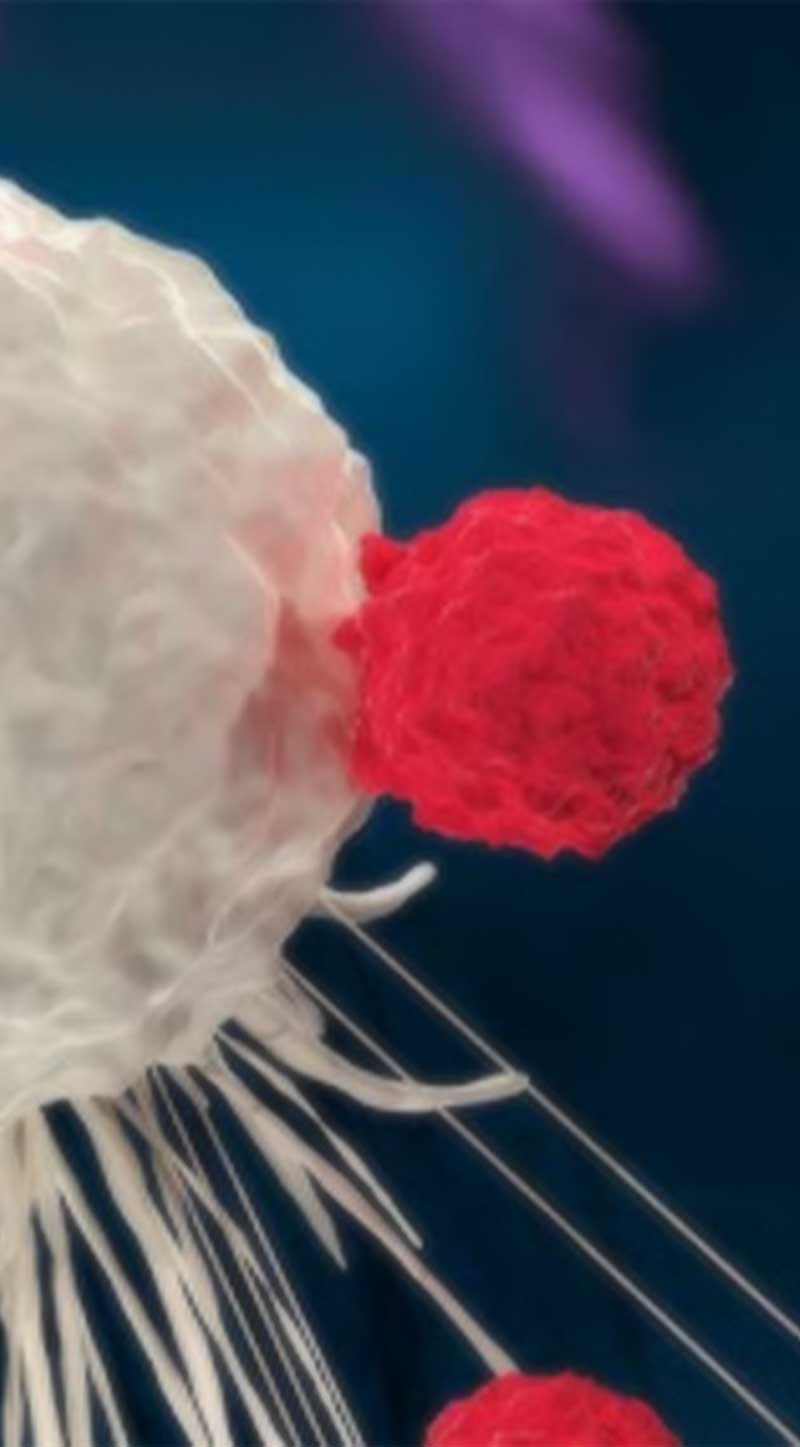
Cytokines involved in the immune response
As far as the immune response is concerned, cytokines act in an innate manner,that is, immediately and not specifically, or in an adaptive way.
This is because they recognize the antigen and create an immunological memory that lasts even if the pathogen has already been eliminated.
Cytokines involved in the innate immune response
This group includes cytokines produced by mainly activated monocytes and macrophages immediately upon contact with the pathogen.
The main cytokines that make up this group are IL-1, TNF-alpha, IL-6 and IFN-gamma participants in the inflammatory response, and IL-10 which has an immunosuppressive action.
In addition to these cytokines, innate immune response also involves others such as IL-12 and IL-18.
The most important action of these two cytokines is to be potent inducers of IFN-gamma:
Interleukin 12 (IL-12)
They are essential for a response sequence involving macrophages, NK lymphocytes and T cells.
IL-12 increases the onset of cytotoxic T cells, which are a type of immune cells that can eradicate cancer cells and virus-infected cells.
Interleukin 18 (IL-18)
It has the same joint action as IL-12 with respect to the production of IFN-gamma in T cells and natural killer cells.
Interleukin 18 increases IL-2 production, participates in the regulation of Th1 type response and may decrease IL-10 production.
Cytokines involved in adaptive immune response
Activation of T and B lymphocytes require the participation of certain cytokines, such as interleukin 2 (IL-2), 15 (IL-15) and 16 (IL-16).
Interleukin 2 (IL-2)
Created by Th1 lymphocytes, it causes the growth and differentiation of the response of T and B lymphocytes.
IL-2 interleukin is necessary for the establishment of cellular immune memory and the recognition of external autoantigens and antigens.
It plays a key role in the development of both humoral and cellular chronic inflammatory responses.
Interleukin 15 (IL-15)
It has a biological activity similar to IL-2, although they differ in the cells on which they act.
IL-15 is segregated by a wide variety of cells, including monocytes, epithelial cells, myocytes, and hepatocytes.
Interleukin 16 (IL-16)
IL-16 cytokine is produced by CD8 T lymphocytes in response to serotonin or histamine stimulation.
It works as a chemical-attractant and as a modulator of T-cell activation.
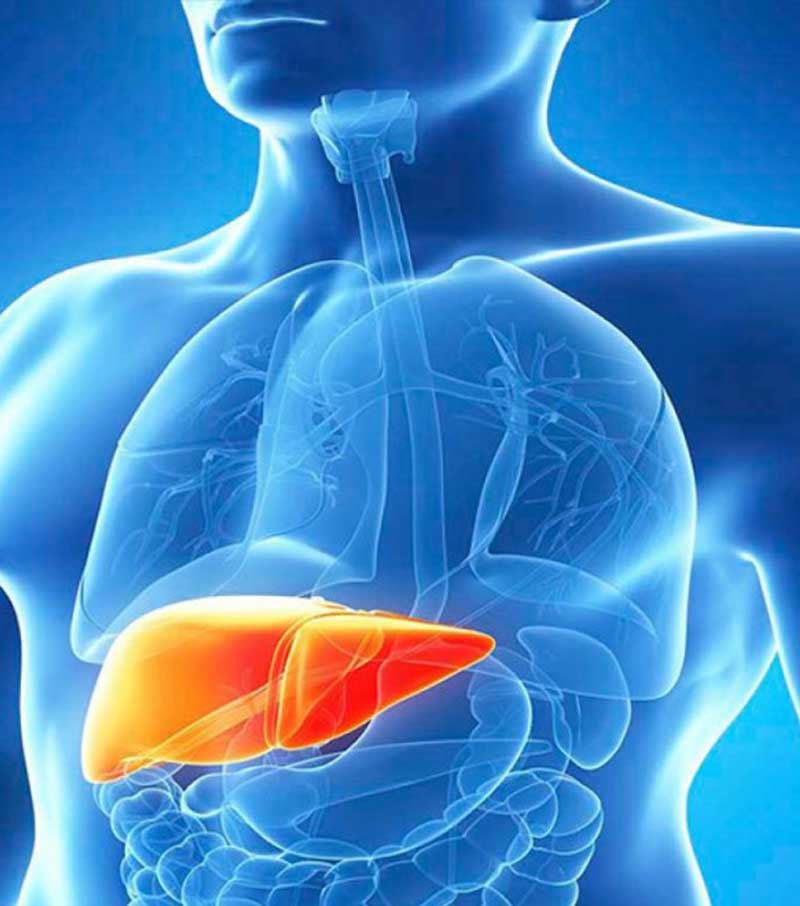
Other interleukins or interleukins
Interleukin 3 (IL-3)
It is primarily created by Th2 lymphocytes and interact in the regulation of hematopoiesis by controlling the production, differentiation and function of granulocytes and macrophages.
Interleukin 5 (IL-5)
Produced by T cells and mast cells, it stimulates the growth and proliferation of eosinophils, playing a very important role in diseases associated with increasing their levels.
Interleukin 6 (IL-6)
Segregated by activated monocyte-macrophages, activated T and B lymphocytes, endothelial cells and fibroblasts.
IL-6 has both anti-inflammatory properties as it has a powerful ability to induce the release of acute phase proteins that have a beneficial effect on sepsis and septic shock, as well as pro-inflammatory.
Interleukin 7 (IL-7)
Stimulates the development of B and T lymphocyte precursor cells.
IL-7 has antitumor activity by increasing the production of cytotoxic T cells and NK cells.
Produced by keratinocytes, dendritic cells, hepatocytes, neurons and epithelial cells.
Interleukin 8 (IL-8)
It is created by monocytes, macrophages, fibroblasts, keratinocytes and endothelial cells.
Its main function is to attract virgin and neutrophil lymphocytes as well as mobilize, activate and cause neutrophil degranulation.
It stimulates angiogenesis and the formation of new blood vessels from pre-existing ones.
Interleukin 9 (IL-9)
It is a glycoprotein with mitogenic capacity and to induce T cell proliferation.
Interleukin 11 (IL-11)
It is produced by the stroma cells of the bone marrow and by the mesenchymatic cells.
It acts on hematopoietic cells, intestinal epithelial cells and liver cells.
However, it has little effect on lymphocytes.
Interleukin 17 (IL-17)
It is a glycoprotein produced by stimulated CD4+ T cells.
It is able to stimulate the secretion of IL-6, IL-8 and G-CSF by epithelial cells, endothelial cells and fibroblasts.
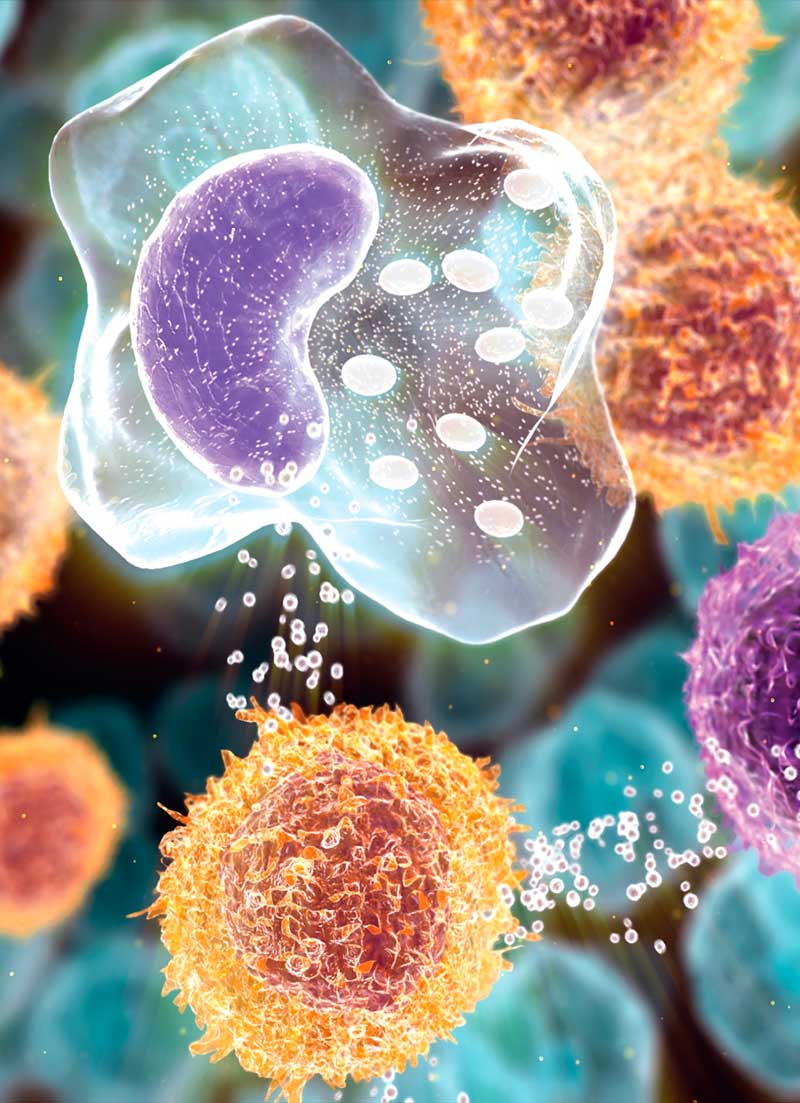
All the information on cytokines and cytokines
Know what you’re consuming
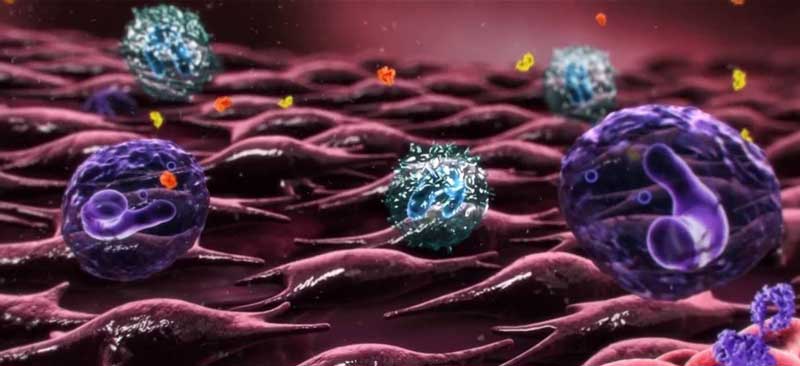
Anti-inflammatory cytokines
The most important anti-inflammatory cytokines are considered to be IL- 10, IL- 4, IL-6, IL-13,FEC-GM and interferon alfa (IFN-alpha).
They have the ability to inhibit the release of pro-inflammatory cytokines and to induce the production of the receptor antagonist IL-1 and the release of the soluble receptor of the FNT.
Now that you know what cytokines are, you know better how the cellular world works and, ultimately, anyone’s body.
Subscribe to our newsletter
Subscribe and receive a 10% discount on your purchase.
Store
Categories
Guides
Legal notice and privacy policy


